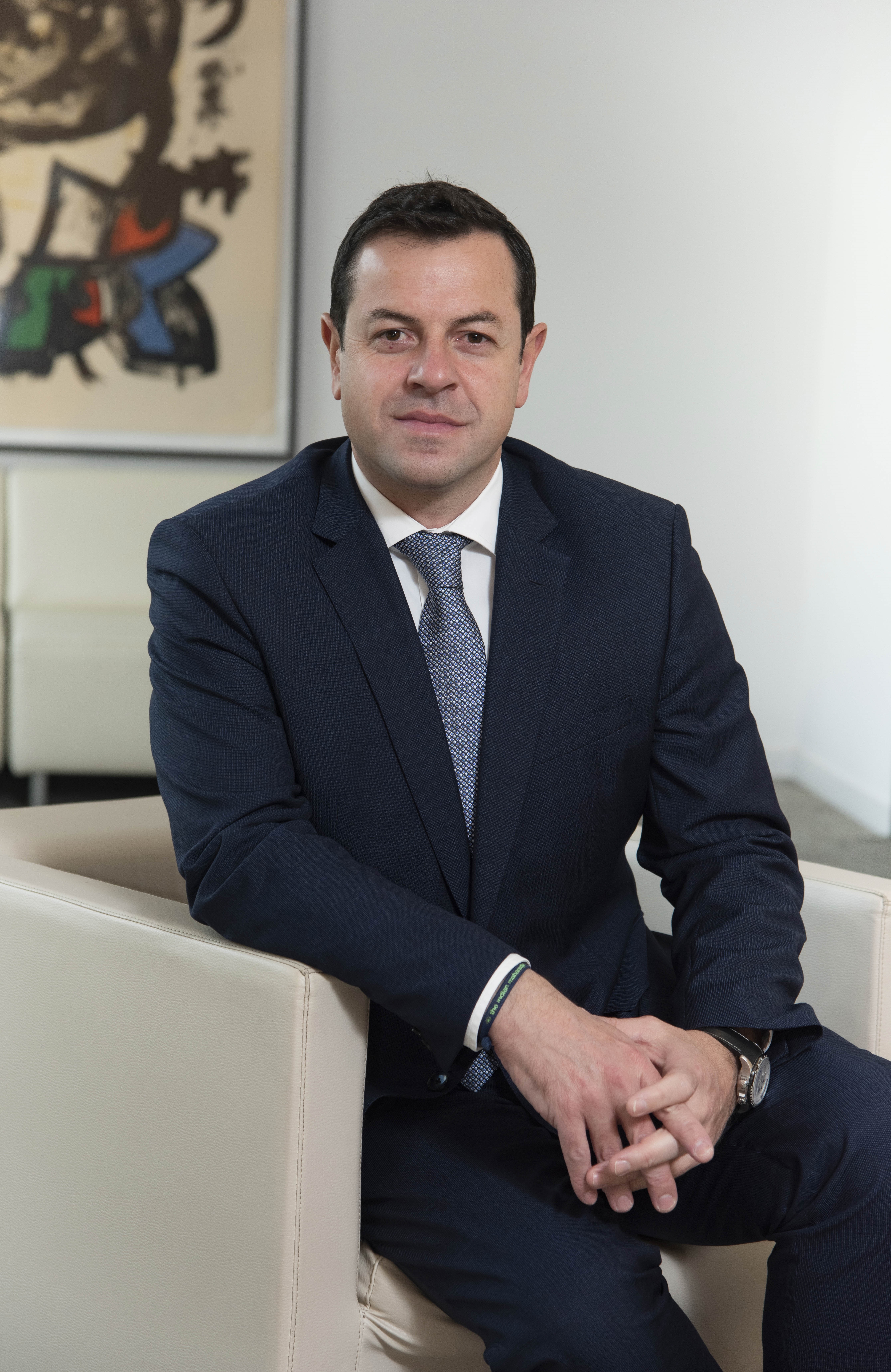Despite taking 1.7 billion rail journeys in Great Britain from 2019 to 2020, passengers face notoriously patchy mobile coverage. Limited mobile coverage comes at the cost of experience: passengers cannot perform routine tasks like checking email, responding to text messages, or making a phone call while travelling.
To improve the passenger experience and create positive socioeconomic outcomes for local communities surrounding the rail network, governments and rail operators internationally are reviewing future connectivity solutions. They’re looking at high-capacity fibre and tower solutions, both trackside, off-track, and in stations. In addition to the customer and stakeholder benefits, future connectivity presents a significant opportunity for communications infrastructure providers and the mobile networks:
- Communications infrastructure providers will have the opportunity to commercialise the infrastructure assets along the railway lines, either through existing equipment or through new deployments.
- Mobile network operators will be able to provide enhanced mobile connectivity to their customers across the country, particularly in rural locations.
The U.K. Government-funded Trans Pennine Initiative (TPI) is a recent example of a successful programme. As a result of TPI’s success, Network Rail is considering other opportunities to develop connectivity along its routes. Network Rail awarded Cellnex UK, part of Cellnex Group – Europe’s leading independent wireless communications operator – a 25-year contract to provide uninterrupted cellular internet, mobile reception, and fibre services along the length of the Brighton Mainline route. These moves mark the first steps in Network Rail’s ambitious plan to raise nearly £2 billion in private investment from fibre optic and communications infrastructure providers. This plan will allow the rail provider to upgrade communications across its entire network.
So, how is the collaboration between communications and rail operators going? To answer these questions, we sat down with Oscar Pallarols, Global Commercial Director at Cellnex, to discuss the opportunities and challenges that both sectors will face along this journey.
Q: Rail and telecom infrastructure programmes are highly complex, and there are often significant commercial and technical challenges. What is the most effective way to work with all the parties involved?
It’s critical to invest in stakeholder relationships. Railway infrastructure is complex, and working with the rail industry requires a multifaceted approach:
- Share your vision for the value you can bring. Railways are not telecommunications-centric – their core mission is to transport passengers safely and on time. Communications is a secondary offering. To be successful, get buy-in at the highest levels of the organisation and articulate how the partnership will benefit the rail operator and its customers.
- Develop a personalised approach. Understanding the railway ecosystem across stations, ticketing, and retail, as well as developing mutually beneficial revenue-sharing agreements are both key. You’ll need to tailor the architecture of the agreement to the specific context in which you’re working.
- Solid relationships with mobile network operators are paramount. To succeed, you need at least two mobile network operators on board with your plans. With the right commercial solution in place, rail operators are more likely to buy in to the project.
Q: How do you see the rollout of new telecom infrastructure changing passenger experience?
There’s a vast opportunity to enhance the passenger experience through connectivity. We work closely with mobile network operators and rail operators to enrich the on-train passenger experience through improved bandwidth, in some cases reaching speeds of up to 100 Mbps. Better connectivity allows passengers to be more productive while travelling. It also creates opportunities for other service enhancements to augment the passenger’s experience and engagement throughout the rail journey.
Another critical element is passenger safety. Our work enables essential communication in transport corridors, so first responders can react quickly and deliver customer safety if needed. Our upgrading approach balances mission-critical improvements with commercial benefits to ensure we provide the best possible connectivity for passengers and rail operators alike.
Q: How easy is it to reuse existing railway assets?
When upgrading telecommunications in rail, it generally pays to strike a balance between asset reuse and new infrastructure. Trackside, GSM-R (Global System for Mobile Communications – Railway) can pose conflict and compatibility issues and is often more expensive. There are more restrictions because you must work closely with the signalling network. These realities can inhibit the quality of the passenger experience.
Off-rail, reuse allows the extension of communication networks to neighbouring communities, particularly on less condensed lines. The best solution is to find a mix where possible. However, for complex projects, it can be challenging to get the mobile network operators on board with mixed-asset use. Focus on striking a balance between the rail operators and the mobile network operators to ensure the solution is commercially viable for both parties.
Q: How do you address interoperability between regions?
Interoperability is a major challenge, as operators and customers travel between regions. It’s a key focus for us, and we are pioneering solutions that will enable greater interoperability.
For instance, we’re leading a consortium of companies on a programme called 5GMed. The programme focuses on demonstrating advanced Cooperative Connected and Automated Mobility (CCAM) and Future Railway Mobile Communications System services (FRMCS) along the cross-border corridor between Spain and France, using both rail and highway. We aim to bring a sustainable 5G deployment model for future mobility in the Mediterranean Cross-Border Corridor. This model will be enabled by a computing and network infrastructure deployed by multiple stakeholders, including mobile network operators, neutral hosts, and road and rail operators.
The neutral host model plays a critical role in providing connectivity to customers. It allows both CSPs and infrastructure providers to drive efficiency and significant cost savings through a single network.
Q: What are some of the biggest challenges for telecom infrastructure providers when working with an operational railway?
Working within the railway infrastructure environment poses significant technical and commercial challenges. Fortunately, some up-front due diligence can help tackle these hurdles:
- The rise of 5G: 5G presents a new challenge, as our previous deployments have relied on 4G infrastructure. We evaluate the incremental investments that can increase the value for mobile network operators. From there, we focus on finding a cost-effective solution that provides consistent connectivity along the line.
- Ageing infrastructure: Many rail systems are decades – even centuries – old. Particularly for underground systems, there can be limited space to install new fibre communications. As a result, you’ll need a firm grasp of the engineering and installation challenges that come with the railway partnership.
- Prioritisation of national assets: For national railway systems encompassing thousands of kilometres of track and hundreds of stations, it can be challenging to determine which assets are a priority. Know where the priorities lie, and focus on understanding what the infrastructure entity and political decision-makers are trying to achieve.
Improved railway connectivity solutions will unlock the door to next-level passenger experiences. As traveller preferences shift towards rail travel, we’re seeing growing investments in enhanced connectivity – particularly in rural areas where fibre rollouts have been slow or limited. Together, these factors drive economic growth and galvanise support for safe, experience-focused, and environmentally- friendly transportation.
Despite the up-front complexities and challenges, it’s never been a better time for governments, railway operators, communications infrastructure providers, and mobile network operators to come together. Robust, cross-industry collaboration is the best way to forge sustainable partnerships and solutions to benefit citizens.

About Oscar Pallarols
Oscar Pallarols is Cellnex's Global Commercial Director. He is responsible for Product Innovation and Strategy, Marketing and Sales, and Product Lines (including Telecom Infrastructure, DAS & Small Cells, Connectivity, Smart & IoT, and Mission & Critical Business Networks). He joined Cellnex in 2016, having worked previously at Mobile World Capital Barcelona - GSMA for four years. There, he led the Vision2020 programme for Spanish operators. He holds a degree in Telecommunications Engineering from the Polytechnic University of Catalonia (UPC).

